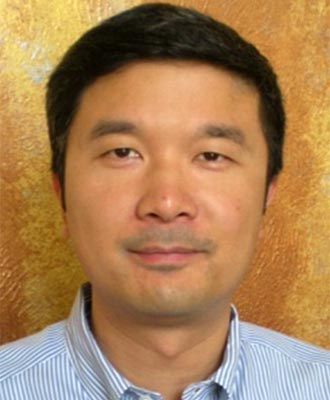Abstract
Over the past few years, new marine streamer acquisition techniques have emerged that make it possible to mitigate or remove the effects of the receiver ghost and obtain broadband images with greatly enhanced resolution. However, these methods, including over-and-under streamers, GeoStreamer, and BroadSeis, require new data acquisition. They are not applicable to conventional streamer data, which are acquired with hydrophone-only streamer cables towed at a constant depth for each survey.
GXT have developed an effective broadband processing method based on a new de-ghosting technique. It can remove most of the ghost effects from conventional streamer data. We refer to this method as WiBand (WiBand is a trademark of GX Technology). This method is designed to address both the amplitude attenuation and the phase distortion introduced by the ghosts to obtain nearly flat spectral response in the typical range of 4Hz to 150Hz, as well as a compact, well focused seismic wavelet. Figure 1 compares a WiBand result to a standard processing PSTM image. It is evident that the WiBand flow has managed to greatly enhance the resolution of the image. Both low and high frequency signals have been enhanced and many structural details invisible in the standard product are well resolved in the WiBand image.
In order to validate our method, we carry out an experiment in which multiple streamers are towed at different depths, and evaluate the phase reconstruction fidelity of the algorithm by comparing the WiBand result from the deep tow data to the raw shallow tow data. We additionally show that the signal-to-noise ratio of the raw data, as demonstrated in Figure 2, is fairly high even for frequencies near or equal to the ghost notch frequencies, supporting our view that advances in modern marine acquisition equipment have enabled our processing-based de-ghosting technique.
FIGURE 1
FIGURE 2
Biography
Zhengzheng (Joe) Zhou, Chief Geophysicist, GXT Imaging division, ION Geophysical Corporation. Mr. Zhou has a M.Sc. in Physics from Rice University, Houston. He started his geophysics career in 1996 when he joined NuTec Sciences, where he developed a comprehensive processing system and wrote imaging software such as WEM. In 2004, he joined GX Technology, where he advises on depth imaging projects and developing technologies ranging from RTM to signal processing.






